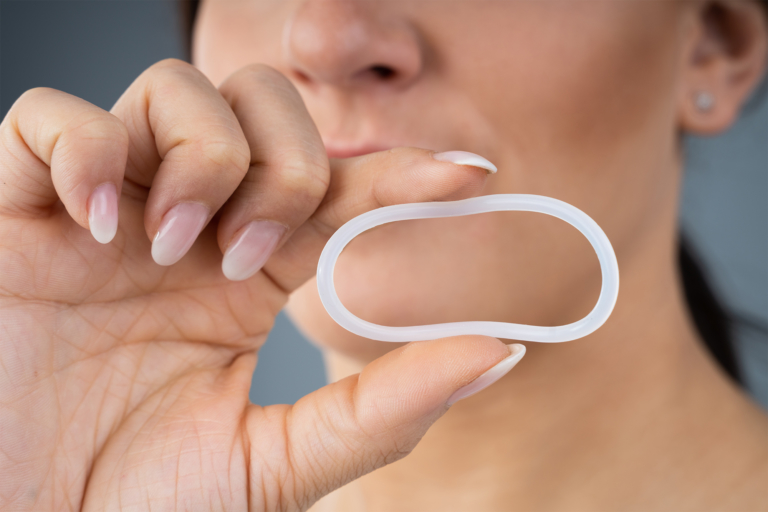Legal action against the Paragard copper IUD picking up speed
Numerous lawyers are now investigating wrongdoing in the design, manufacture, and marketing of the Paragard IUD, citing negligence in promoting a flawed device while failing to warn users of the dangers. As they bring legal actions against the manufacturer, Teva Pharmaceuticals, and CooperSurgical, who recently bought the Paragard birth control brand for $1.1 billion, numerous attorneys are offering free case reviews for Paragard IUD victims in the US to determine if they may be eligible for compensation.
These attorneys are banking on a Paragard settlement that will compensate all victims in the lawsuit for medical bills (including fertility treatments), economic hardship, and pain and suffering caused by the copper IUD. To speed up the settlement process, individual claims are being consolidated into a multi-district litigation (MDL). As of Nov. 20, 2021, 642 claims had been submitted to the litigation.
Women who have had complications from breakage on the removal of the Paragard IUD, especially if it came out missing a piece or a part became lodged in her body, may have a right to compensation, which one source has estimated up to $200,000 for the most severe cases.
“While this may be called a ‘set it and forget it’ method of birth control,” writes Gabriella Patti for Natural Womanhood in “How the IUD, Implant, Pill, and Other Birth Control Methods Work,” “it’s unlikely that women experiencing side effects from the copper IUD will forget they have it.”
One woman who could consider pursuing compensation is Jessica, who submitted her story to IUDalert.com: “I had mine put in and not a month later it had broken through my uterine wall and attached itself to my colon. I had to go under to have surgery to remove it. I’ve had constant back pain and hip pain for months now. Oh, also, it took four months for them to listen to me and do ultrasounds and X-rays. I have had unbearable back and hip pain since getting my IUD. Even now with it out. I’m now in physical therapy.”
Another woman, Anna Speaks, was featured on “Spotlight on America” in March 2021. She chose the Paragard IUD because it was hormone-free, simple-to-use, and effective. She had no warning she could have problems until she decided to remove the device, which has been advertised as “easy to remove.” While Paragard advises that a medical professional remove the IUD, doctors disagree on the question. The risk may be less in the actual removal—normally involving simply pulling gently on the strings attached to the device, which should fold up and slide out of the uterus—than in knowing whether something’s gone wrong during removal.
When Ms. Speaks removed her IUD, she was fortunately sufficiently knowledgeable about the device implanted in her body to realize part of it was missing. She had to undergo surgery to remove the fragment.
Here we see that the more informed and health-literate a patient is, the better, as is often the case. One woman managed to pull out her IUD, but didn’t realize at the time that it was supposed to have a t-shape, not an L.
The FDA (Food and Drug Administration) approved Paragard in 1984. The product is touted to provide 99-percent effective pregnancy prevention for up to 10 years. As the only entirely hormone-free IUD, it appeals to many women who, like Ms. Speaks, are looking for a long-lasting, low-maintenance contraceptive solution that they believe avoids the side effects and health risks of hormonal contraception.
The T-shaped plastic rod, about the size of a quarter, is inserted into the uterus by a medical professional. The arms fold up to allow for insertion through the vagina, as they are intended to do during removal. Wrapped with a copper wire that degrades over time, the Paragard IUD functions by provoking inflammation in the uterus, thus creating a destructive environment for both sperm and egg. It works first to prevent sperm from reaching the egg while the second line of defense is to prevent any fertilized embryo to implant in the uterus. Common side effects of the Paragard IUD are longer and heavier periods with spotting in between periods for the first couple of months.
The numerous greater dangers of the device are well documented. The FDA’s Adverse Events Reporting System for the public, where details can be found, has logged 17,209 “serious cases,” including 15 deaths of 41,182 total complaints filed against the Paragard IUD.
Among the noted complications and injuries caused by the device on the reporting system along with breakage are spontaneous expulsion from the body, and embedding in the body, as well as internal injury, deformity, disability, and anhedonia (inability to feel pleasure). Invasive procedures may become necessary to find and remove the fragments of the IUD left in a woman’s body, including hysteroscopy to locate the pieces, conducted under anesthesia; laparoscopy (surgery to open the uterus, comparable to a caesarean section); or a full hysterectomy (removal of the uterus), following a rupture of the uterus.
Many women may not closely question the safety of birth control or may weigh the small risk of possible serious harms against the expected benefits of reliably avoiding pregnancy, especially given the apparent lack of safer options. However, continual technical advances in natural alternatives to contraceptives are gaining traction in recent years in the face of growing awareness of the risks of conventional birth control.
These lesser-known natural options for managing fertility, fertility awareness methods (FAM), also known as natural family planning (NFP), are drawing interest for their claims of success rates that are comparable to pharmaceutical options. Instead of using devices or drugs to disrupt their natural fertility, which require women to take risks with their health or suffer problematic side effects, women are trained to track specific biomarkers, such as body temperature and vaginal discharge, which enable them to identify each day as fertile or infertile. A couple then times days of intercourse according to whether or not pregnancy is desired. Increasing health literacy and allowing the reproductive system to function naturally are both said to improve health outcomes. Fertility charting also provides useful data on a woman’s overall health and root causes of dysfunction, as a “fifth vital sign,” which can be interpreted with the help of doctors who are trained in these protocols.
Anna Migeon




